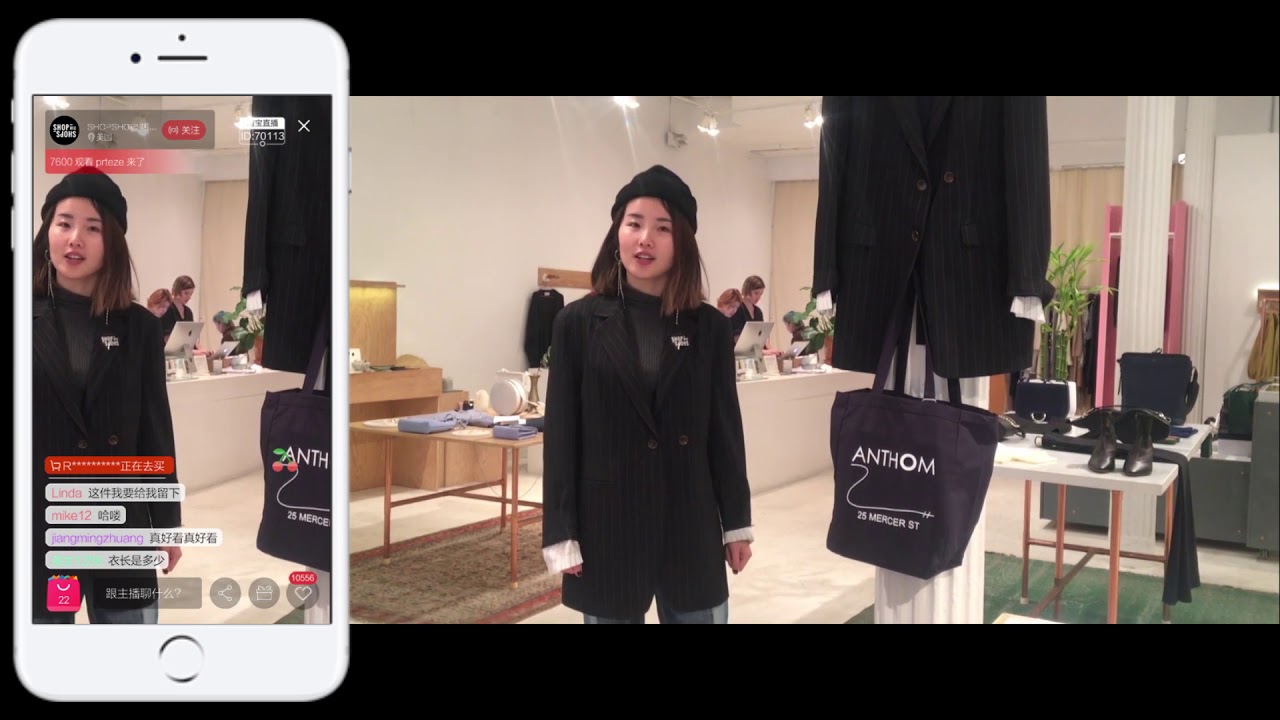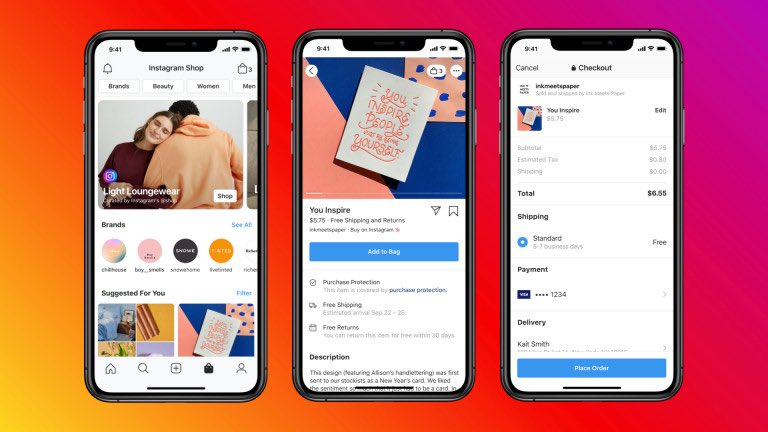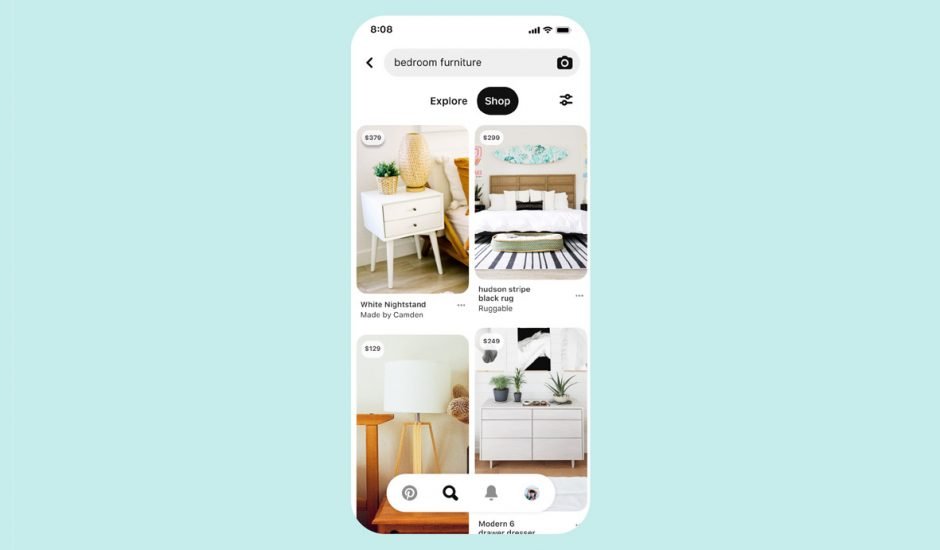Live shopping is a real phenomenon in China and reuses the main principles of home shopping, enabling users to buy a product from a streamed video.
The practice is starting to spread among western retailers with an increasingly mature market. Thus, H&M offered its first Live Shopping experience on Facebook in July.
However, we didn't need to wait for the pandemic to see the practice develop. The real revolution lies rather in the accessibility of the practice, particularly thanks to broadband and the rollout of high-quality tools.
Live-streaming is not only entertaining, it's also key to recreating some aspects of physical selling online. The practice engages users on e-commerce platforms.
Arcane demystifies this phenomenon for you in this article.
Live shopping: a practice that comes to us from China
Live shopping has developed from live-streaming: it involves the live broadcasting of video aimed at shoppers. Live-streaming is particularly widespread in the e-sports sector with games such as League of Legends, Call of Duty and Fortnite, for example.
In 2016, the practice of live shopping (already popular in Chine) exploded with the launch of Taobao Live by Alibaba: its live broadcasting platform See a preview below.

Last March, China recorded 560 million users of live-streamed broadcasts. With regard to e-commerce, 265 million people regularly watch these types of events.
And what are we seeing, here in the West? Basically, the practice seemed to be the prerogative of brands that were ahead of their time, very connected and linked to new generations. Live-streaming is something that's particularly close to their hearts (as seen on TikTok or Instagram for example), all that was missing was to apply it to shopping!
Live-streaming is therefore a well-established feature reinvented in the form of live shopping: a practice with many advantages.
The advantages of live trading via video
Live shopping is extending to the field of e-commerce. It therefore presents major advantages.
Live shopping recreates the in-store sales environment
With live shopping, the user enjoys a live purchasing experience during which they can intervene to ask questions, for example.
In addition, as in a shop, they can view the product from every angle and get advice in real time. Some brands are pushing the parallel with the physical world by allowing salespeople to give advice live.
All these aspects offer an authentic experience that reproduces the conditions of the impulse buy.
In 2020, we saw a real shift of budgets towards digital events, lockdown having put an end to physical visits to stores.
Live shopping allows you to improve your brand awareness
Basically, live-streams are designed to entertain the public. The entertainment aspect features in live shopping: it's an attractive format
Watching someone use a product live, whilst describing its characteristics has several advantages. It helps you to stand out from the competition and build a strong and unique brand identity.
So the product is not the only thing that motivates the watching of the video: it constitutes a form of entertainment!
Live shopping gives access to very precise communities
By using influencers, live shopping enables users to access a product with no effort.
By asking someone to present your product live, advertisers can benefit from that person's community. This practice can prove to be advantageous for making a commercial breakthrough to a specific target.
For example, if a sportswear brand wants to access a target group of women between 18 and 25 years of age, and interested in outdoor activities, they'll need to find a suitable influencer.
What is the future for live shopping in France?
Just like Twitch, most live video platforms in Europe are dedicated to entertainment (such as live gaming, for example).
Facebook, Instagram and Amazon are increasing trying to get ahead in the race to live shopping. Thus, Amazon launched Amazon Live last year (see below) where presenters talk live about a set of products available on the platform.
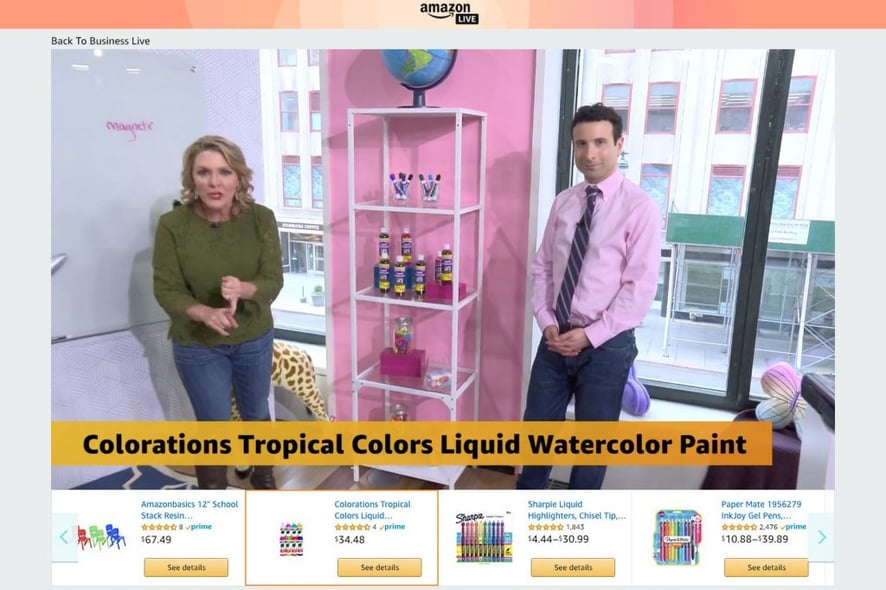
As for Facebook, it's offering a Shopping Direct feature on its platform.
Another striking aspect of this trend is the option to create live streams directly on your e-commerce website. For example the Cultura brand used the Caast.tv solution to produce a live stream dedicated to watercolour painting. The result? The brand tripled the add-to-basket rate for the product on its website.
Brands seem to be increasingly keen to grasp this new opportunity. Thus, Lancôme collaborated with Viya Huang (a Chinese influencer) to promote its products last year. The result? She sold the equivalent of 10 million yuan in merchandise.
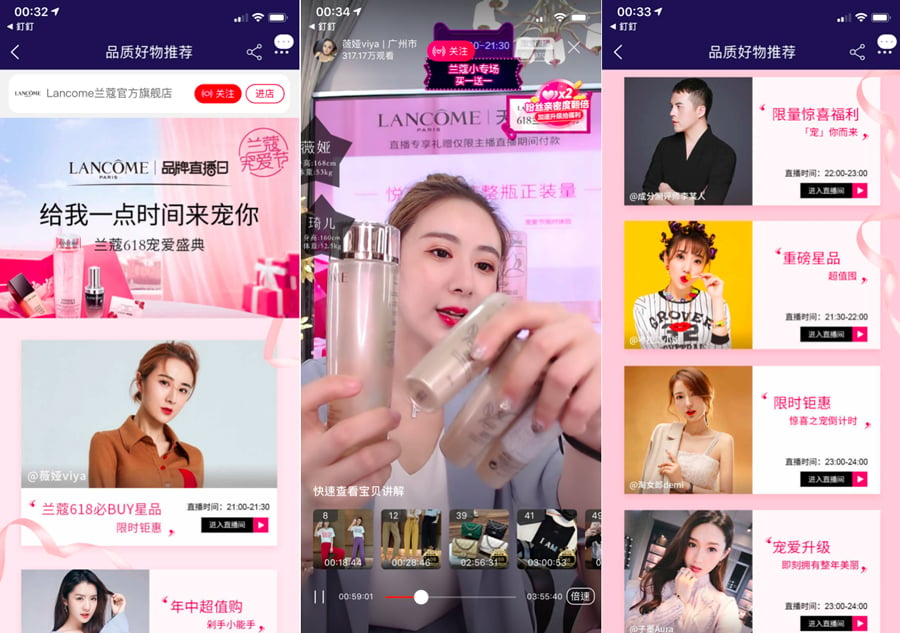
How to organise a live shopping event?
Tempting, isn't it? Although the range of possibilities may be endless regarding the practice, some best practices already seem to be emerging:
- A narrative concept: live shopping makes it possible to tell a story, it doesn't matter what kind of story as long as it relates to your product. For example, your can produce live tutorials if you're a DIY brand, offer live cookery demonstrations to promote food products, etc.
- The right product(s): the practice is not suitable for promoting every type of product, for example, if you want to encourage impulse buying, it's best to promote a cheaper item. It must also lend itself to the play of the camera, not be too complicated to stage, etc.
- One or several presenters: the quality of the speaker is essential to the presentation of the product. You can stage your salespeople, or go a step further by offering influencers the chance to work with your brand, depending on the target that you want to reach.
- A distribution platform: as we've seen, you can either distribute your live event internally (on your site) or externally (on a social network, for example). The choice will definitely depend on your target, but also on the type of product you're offering.
This trend is therefore one to watch because of the many possibilities and opportunities to be seized by brands. At Arcane, we're on the cutting edge of innovation!

